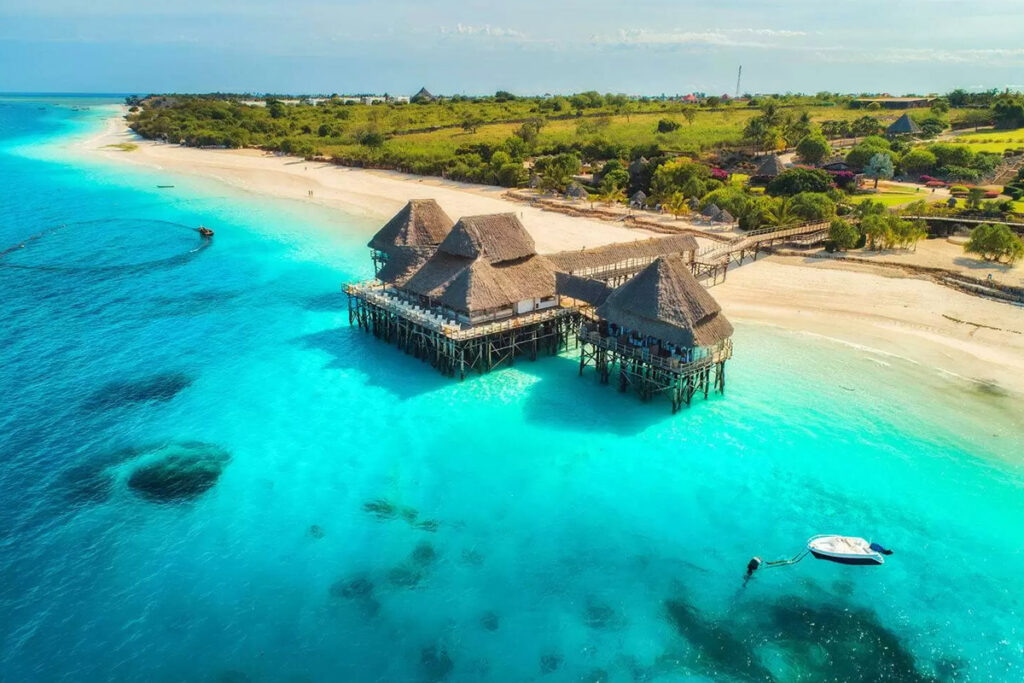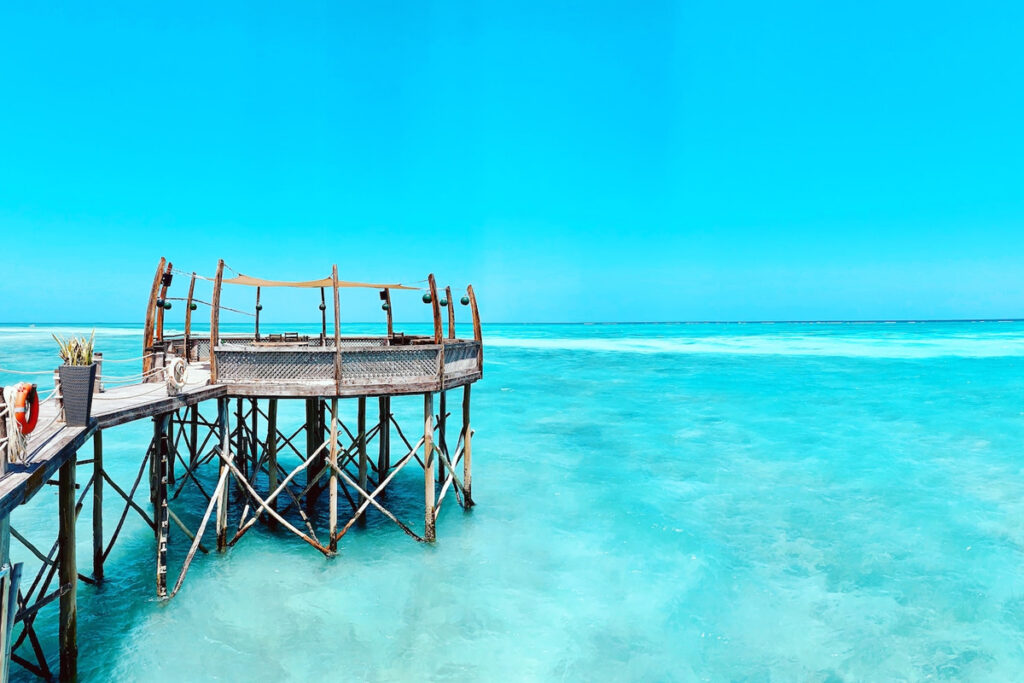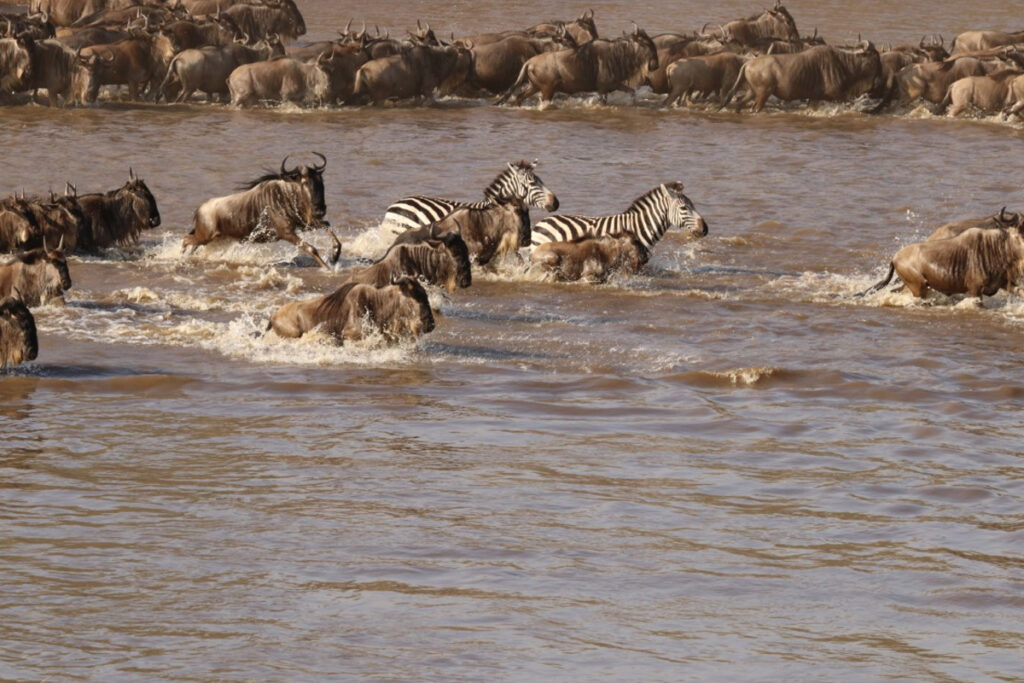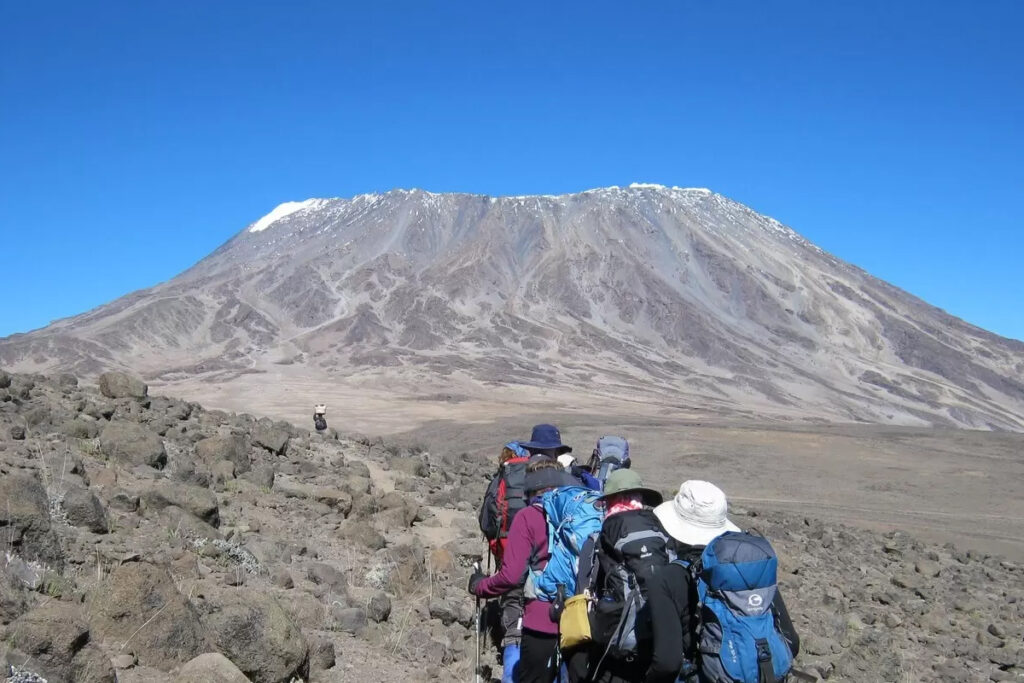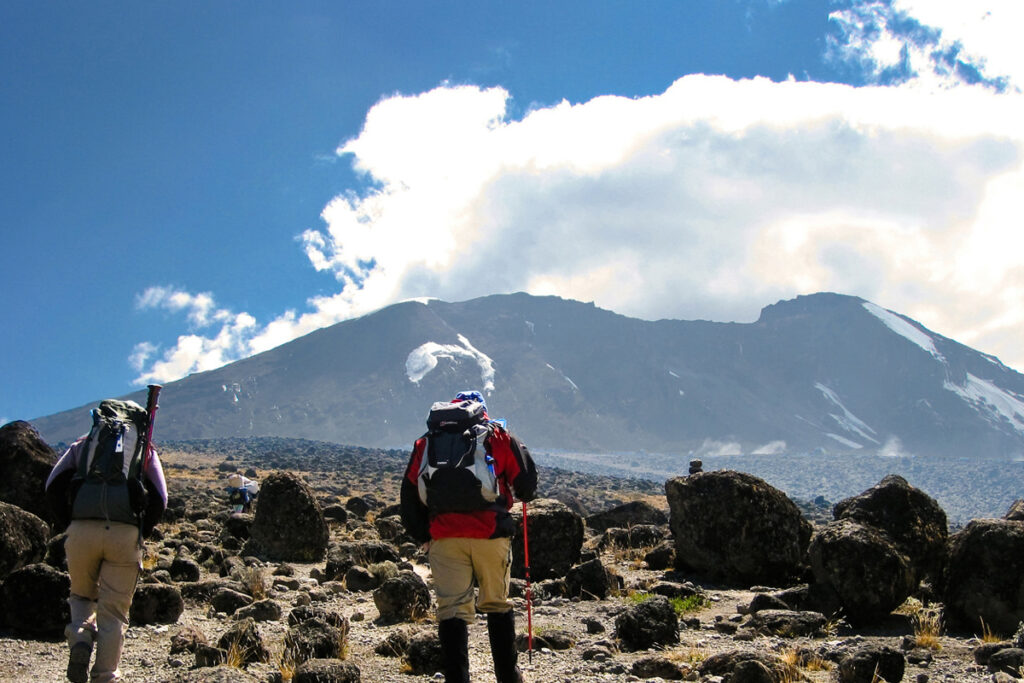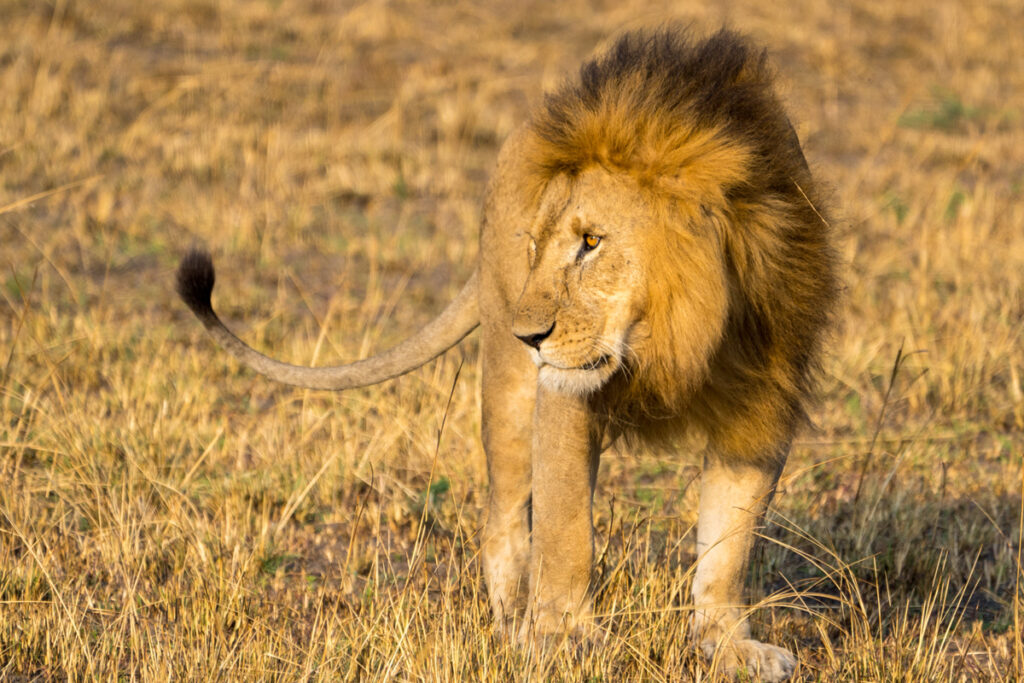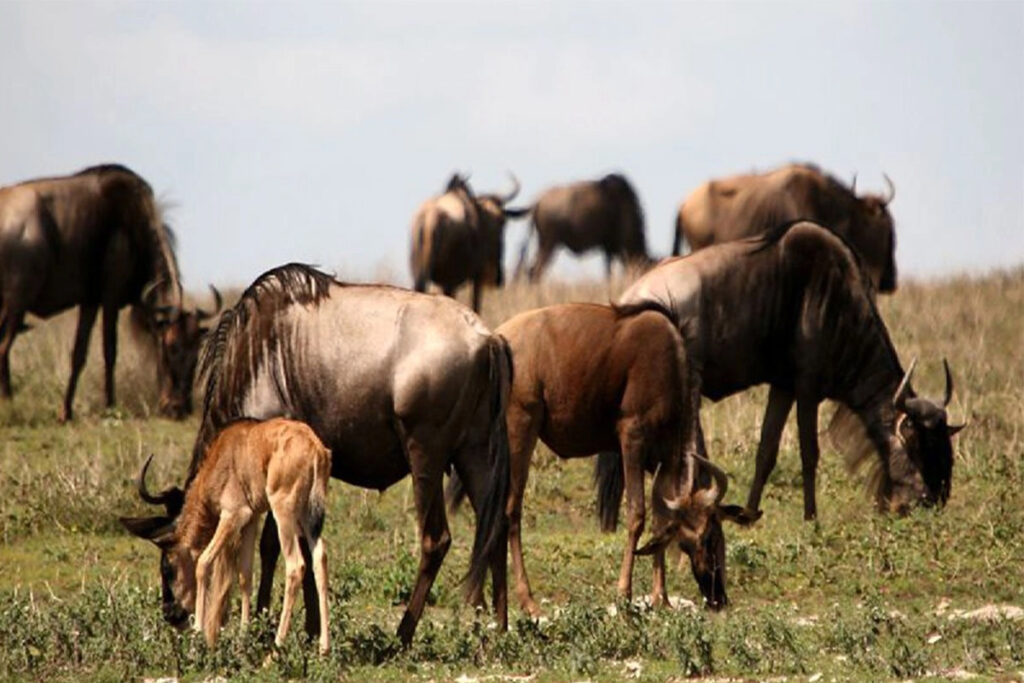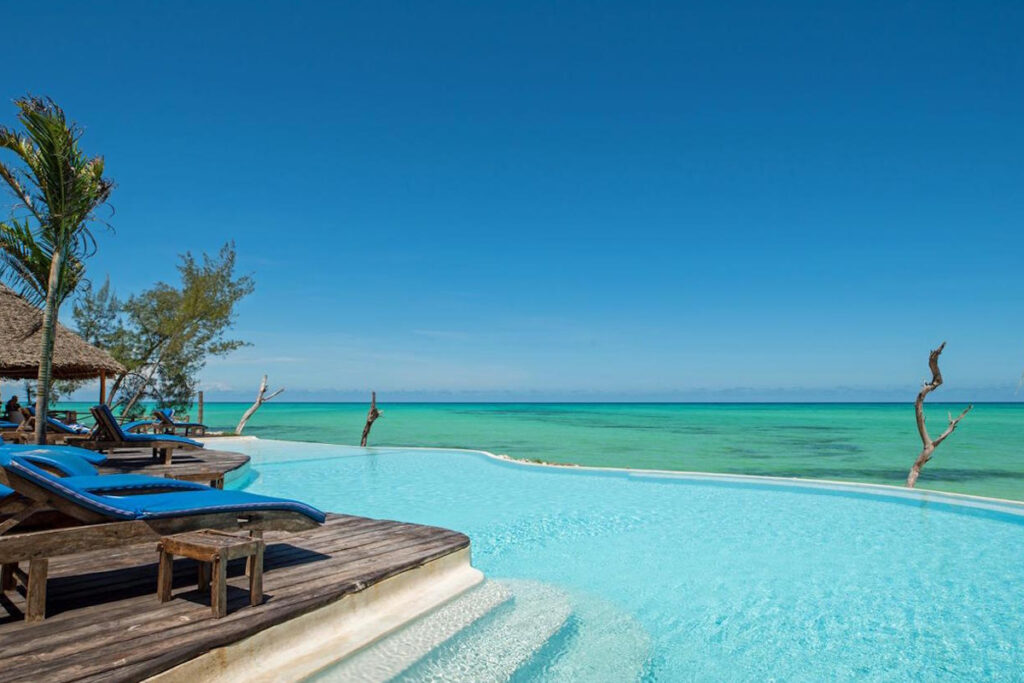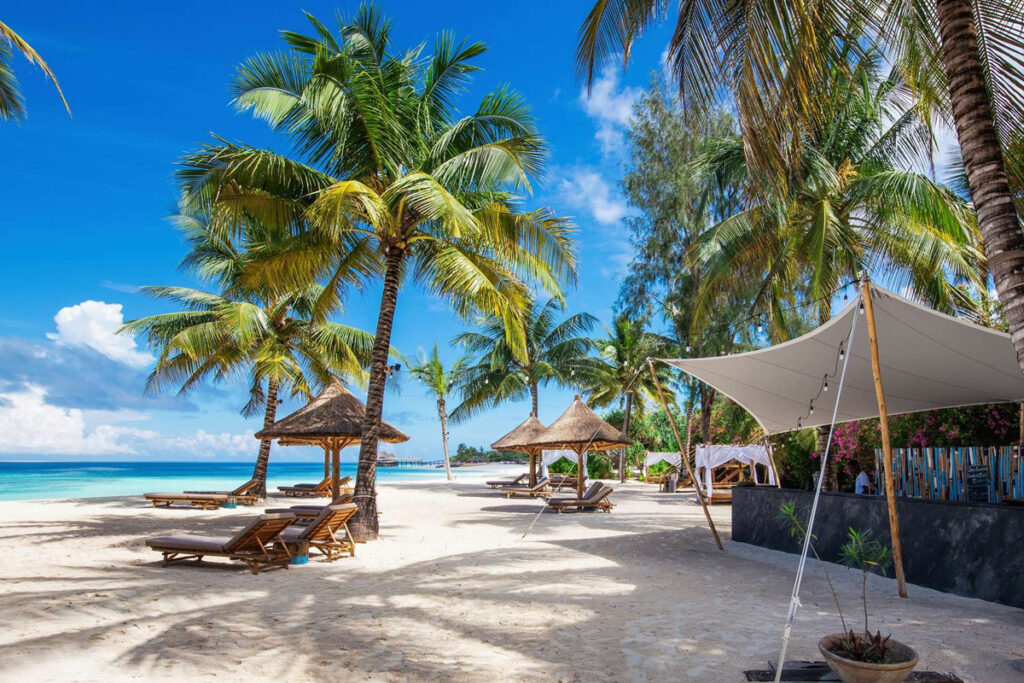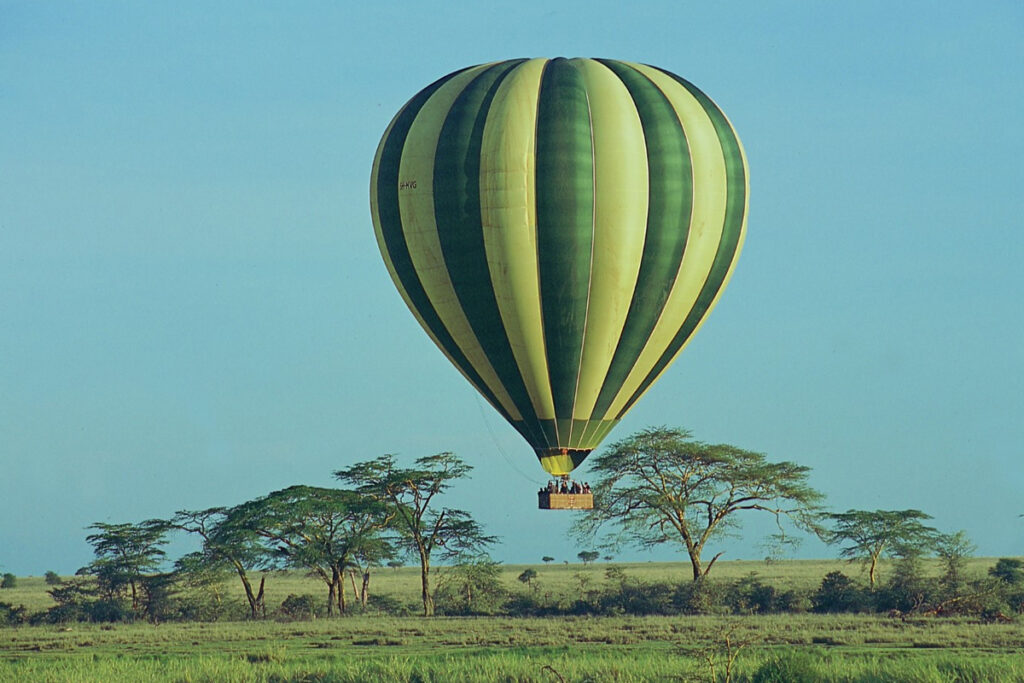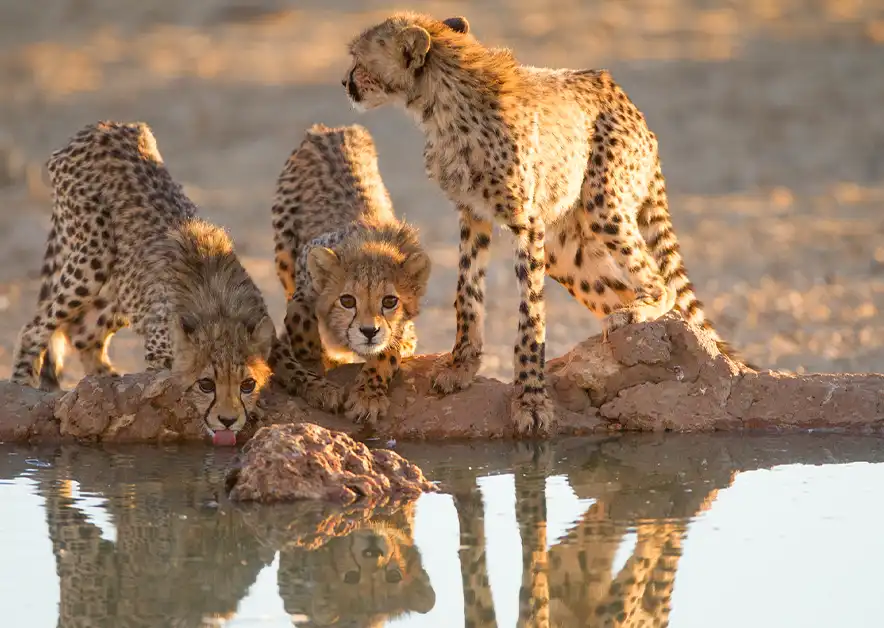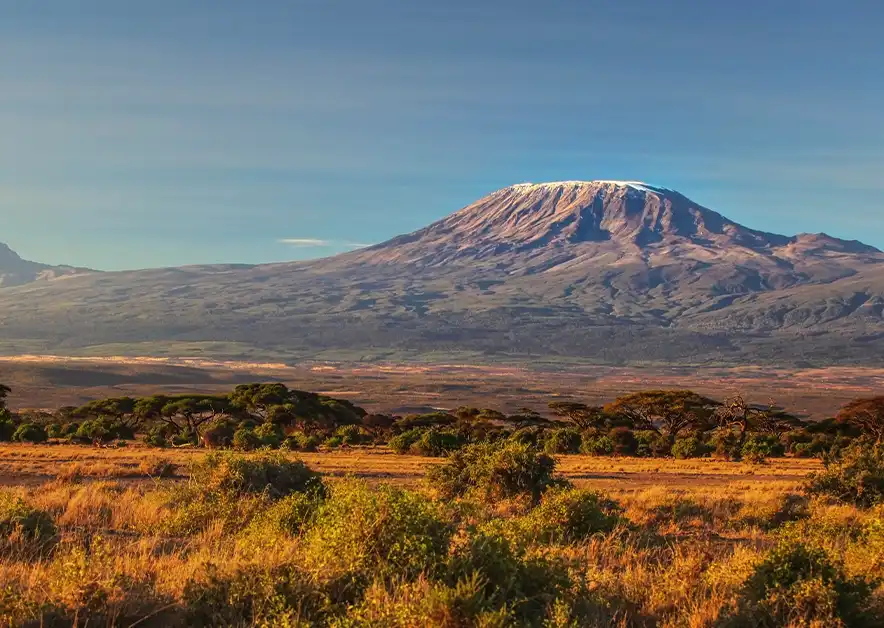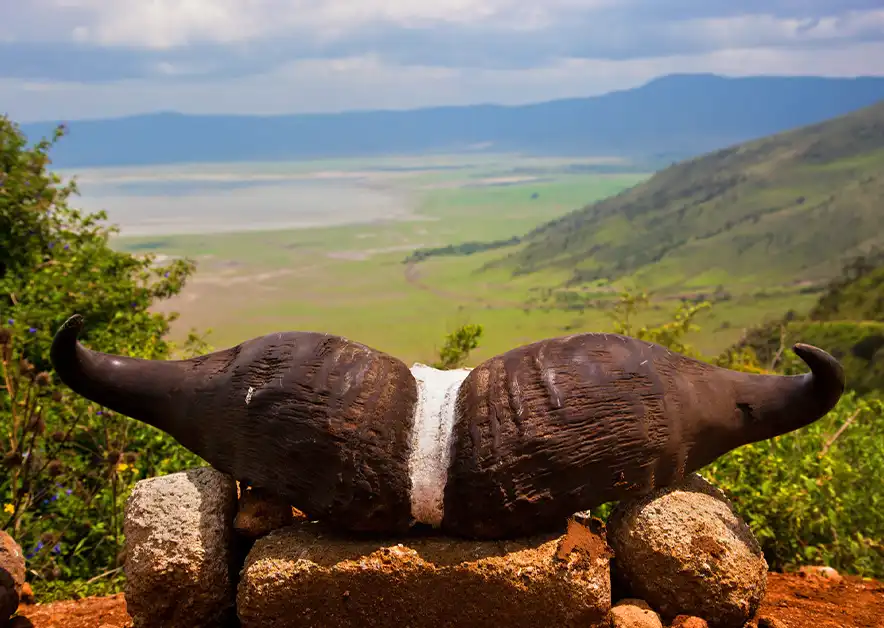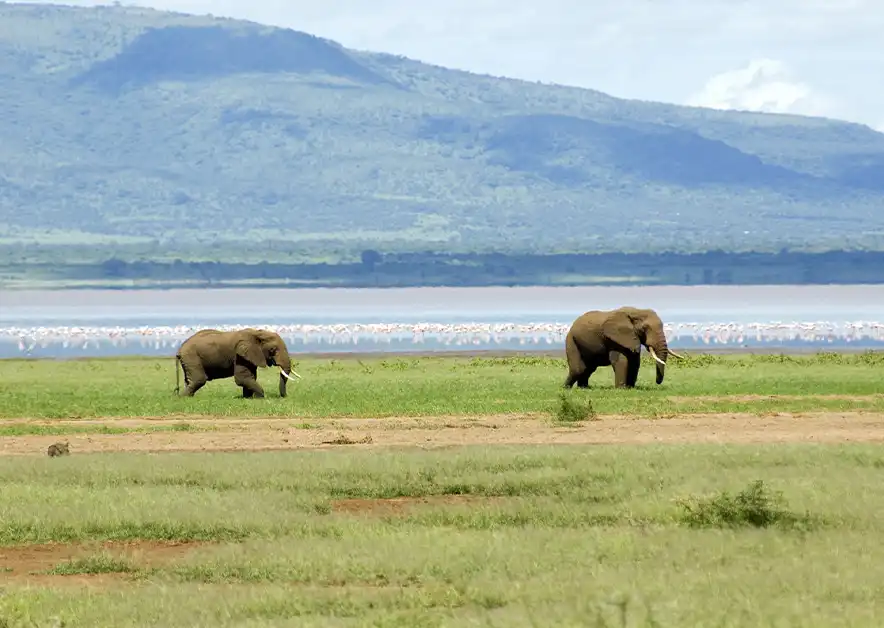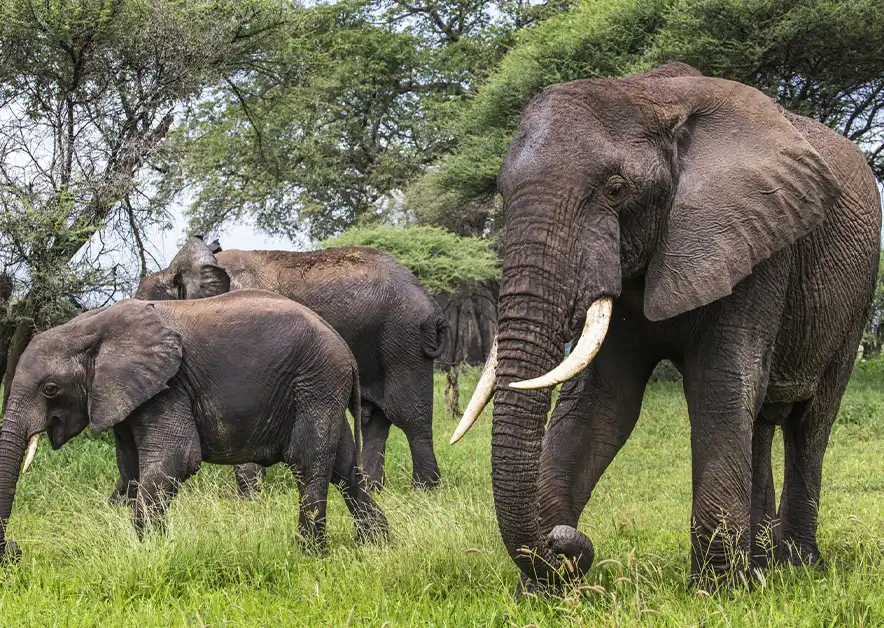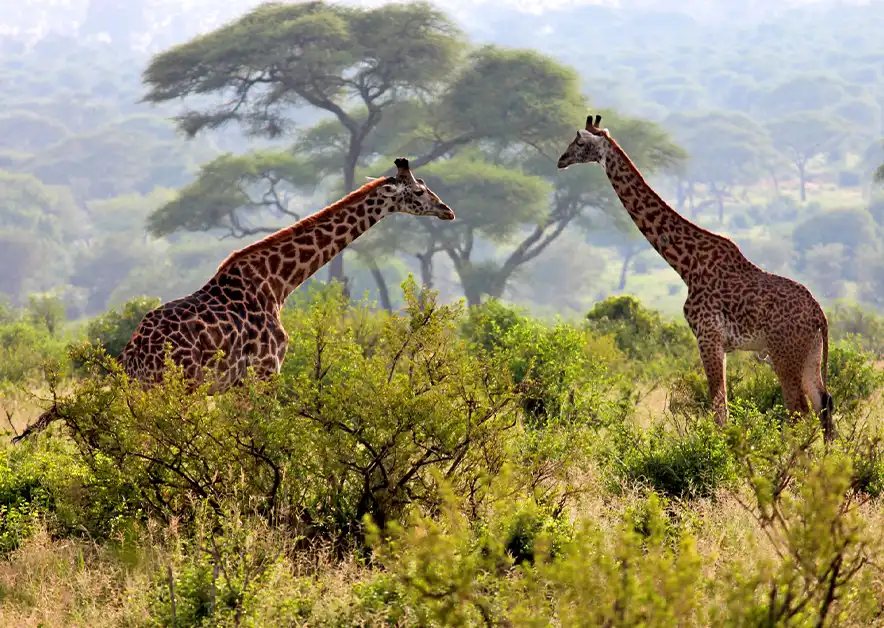Tour Overview
Detailed Itinerary
Day 1: Arrival at Kilimanjaro Int. Airport for your climb
Day 2: Drop off (3500 m/ 11,483 ft) - Shira 1 (3505 m/ 11,499 ft)
Day 3: Shira 1 (3505 m/ 11,499 ft) - Shira 2 Camp (3900 m/ 12,795 ft)
Day 4: Shira 2 Camp (3900 m/ 12,795 ft) - Lava Tower (4630 m/ 15,190 ft) - Barranco Camp (3960 m/ 12,992 ft)
Day 5: Barranco Camp (3960 m/ 12,992 ft) - Karanga Camp (4035 m/ 13,238 ft)
Day 6: Karanga Camp (4035 m/ 13,238 ft) - Barafu Camp (4640 m/ 15,223 ft)
Day 7: Barafu Camp (4640 m/ 15,223 ft) - Uhuru Peak (5895 m/ 19,340 ft) - Millennium Camp (3820 m/ 12,532 ft)
Day 8: Millennium Camp (3820 m/ 12,532 ft) - Mweka Gate (1650 m/ 5,413 ft) - Hotel
Price Inclusions
| Included | Excluded |
|
|
|

